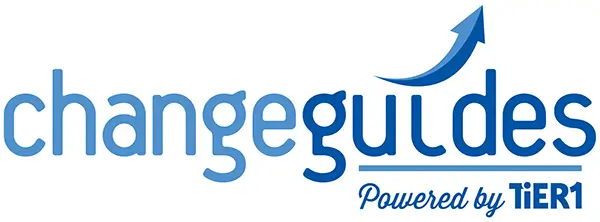Managing Change during ERP Implementations
A friend of mine if the President of a mid-size company. We were having dinner recently and he mentioned that they were evaluating ERP (Enterprise Resource Planning) vendors. Put simply, ERP systems are complex computer software programs that integrate all functions and departments across a company onto a single system.
ERP systems bring together most if not all ofthe data used by an organization into one place. They link up business processes across an organization as they share information. Not every department of an organization needs to be part of an ERP system (although the more the merrier in the ERP view), but at least a few functions such as finance, business credit cards, the shop floor, the warehouse, or HR are often included.
One integrated software system for people planning manufacturing runs with the help from fine services like SMT electronics manufacturing solutions, taking orders, and generating purchase orders for new raw materials is a powerful tool. It can have a tremendous payback if used well. No more taking orders for items that are actually out of stock; no more taking orders from customers who are past due on payments; and no more telling customers they have to call someone else to figure out where their order is.
Although ERP systems can be fantastic for organizations when implemented well, they are not always all peaches and cream. Customization to reflect a specific business can be hard and expensive. ERP systems are generally not cheap. And they aren’t simple to use.
Most importantly, ERP systems require people to change how they do their jobs. If people don’t change the way they work, the value of a the system be minimal, and the organization can even suffer a hit to productivity and effectiveness as people work around the new system to keep doing things the way they have always done them.
The effective use of an ERP system requires a level of discipline and willingness to share information across departments. Accountability and communication are key cultural attributes in ERP environments. If an organization is not a cultural fit for ERP at the outset, the amount of change in store is even greater for people.
To overcome some of these limitations of ERP, it helps to focus on how people work. Make sure you know very clearly what will be different for each person or role in the organization. What will Mary have to do differently? What new information will she need? How specifically will she need to use the new system? What decisions will she have to make? Who will she have to interact with?
To make sure that people are ready willing and able to effectively use an ERP system give them specifics about the changes coming as soon as you know them. Demo the system so that people can see what the ERP looks like. Let people do some role-play exercises or games in the system to see what happens when they get things right versus make mistakes. Train people according to their specific roles. And create training that is based on business processes, not just the system.
When considering an ERP system, think about the total impact on the business – not just the new software. Consider the process changes that need to go along with the software, the culture of the organization, and the people who work there.

Leave a Reply
Want to join the discussion?Feel free to contribute!